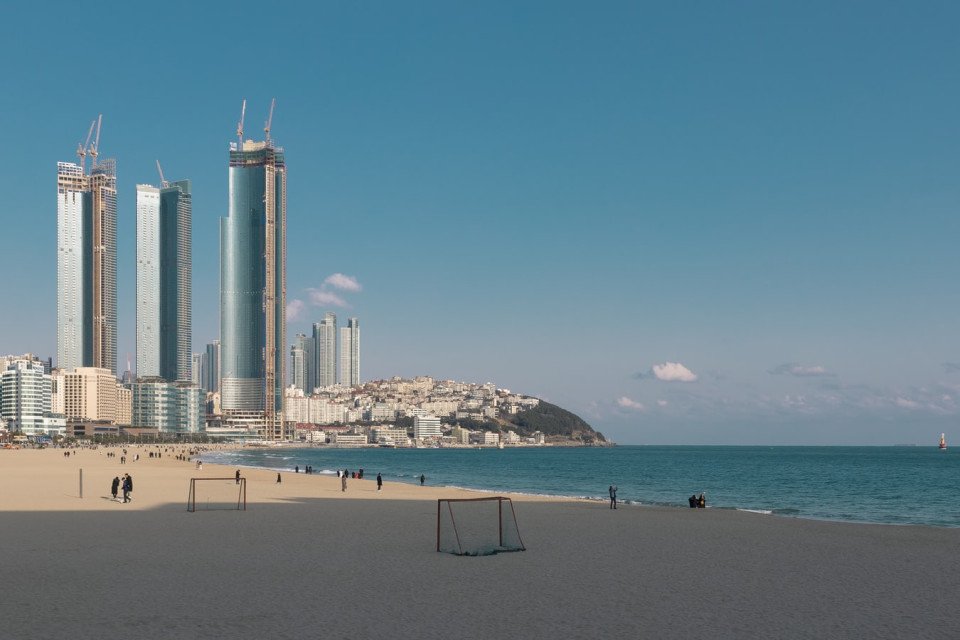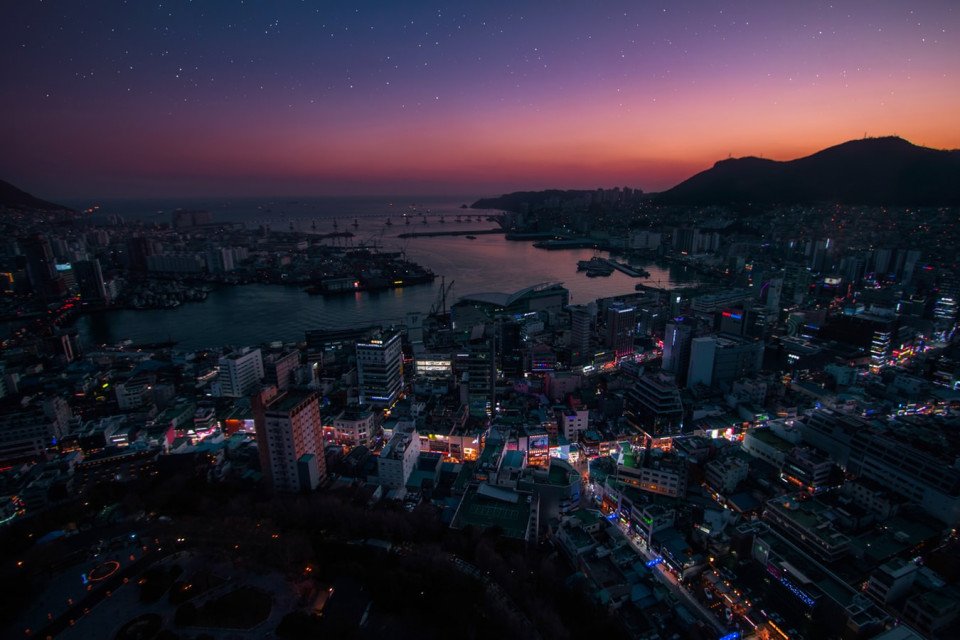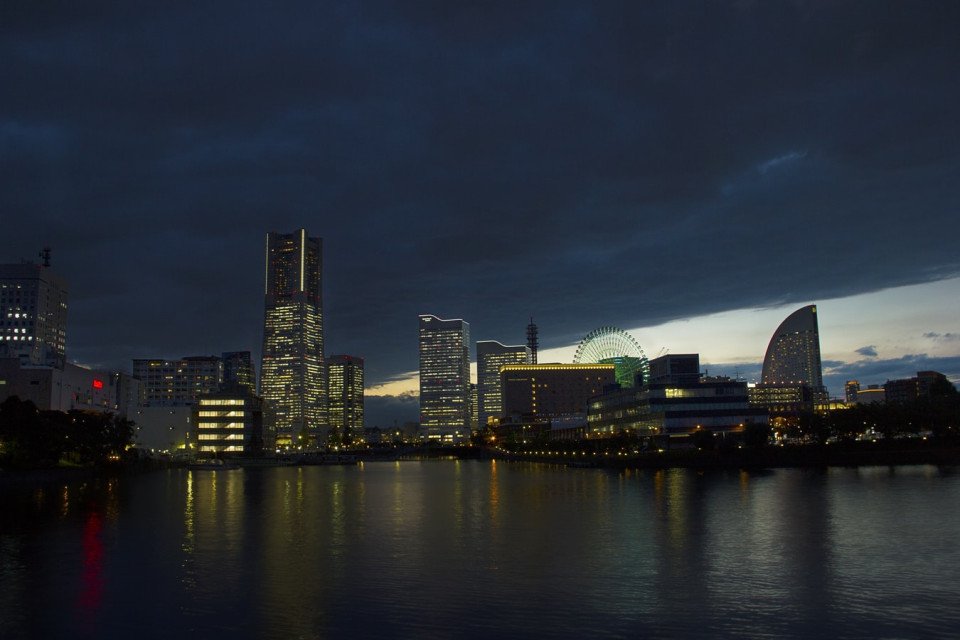Want to add a hotel stay or change your flights?
Just call our team of cruise specialists to help build your dream cruise holiday today!
Prices based on 2 people sharing. Cruise only price does not include flights. Fly-cruise price may vary by chosen UK airport.
(Prices correct as of today’s date, are updated daily, are subject to change and represent genuine availability at time of update).
Cruise only holidays are financially protected by ABTA. Fly cruise holidays are financially protected by Azamara under ATOL number 10372
Please click here to check the essential travel requirements before booking this cruise.
Itinerary

Kobe
Located on the calm waters of the Inland Sea, Kobe has served as an important port town for hundreds of years. It was one of the first harbours to accept foreign traders in 1868 when Japan was just emerging from its centuries of isolation. What followed was a surge of Western trade an... Read More
Kobe
Kobe
Scenic Cruising Seto Inland Sea
Takamatsu
Hiroshima
Kitakyushu
Sakaiminato
Busan
Busan
Nagasaki
Kagoshima
At Sea
Nagoya
Shimizu
Yokohama
Yokohama
What's Included with
Azamara
Accommodation
Entertainment throughout the day and evening
Return flights included from a choice of UK airports (fly cruise bookings only)
Gratuities included on-board
24-hour room service
Complimentary in-room spirts (applicable on plus staterooms & suites)
Butler service in all suites
Self-service laundry
Shuttle service to and from ports and airport where available
Additional amenities for Suite guests
Invite to Azamara's White Night party and buffet
A complimentary AzAmazing Evening excursion (selected sailings)
Explore Azamara Pursuit








Aqualina
At Aqualina, you’ll find some of Italy’s most authentic dishes. Pastas made from scratch, traditional and authentic recipes, and scrumptious vegetarian dishes that make sure there’s something for everyone. Savor a traditional Spaghetti Bolognese, enjoy a classic Antipasti or a hearty Fisherman’s Soup or an Eggplant Parmesan to a Rigatoni Pomodoro with fresh veggies. You won’t be able to say no to our famous desserts: Sorrento lemon liqueur mousse, hazelnut chocolate soufflé and more. Our chefs love to be inspired, so after an on-shore visit to a local market, you can also expect a delectable dish so local, you’ll feel like you’re not onboard anymore.
Specialty dining is complimentary for suite guests. For others, there is a $30 per-person cover. Reservations are highly recommended.





Destination Immersion Experiences
Life isn’t a 9 to 5 experience. Azamara voyages aren’t either.
When you’re in the midst of some of the most dazzling cities, renowned UNESCO World Heritage sites, and “I can’t believe we’re here!” hidden gems on Earth, the last thing you want to do is rush back to the ship for a 4:00 p.m. departure (or 5:00 p.m., if you’re lucky).
Well, here at Azamara®, we not only take you to awe-inspiring destinations, we also give you more time to fall in love with them. We call them Destination Immersion® experiences, and we’ve evolved the concept so you can Explore Further than before, both onboard and on shore.
Our unparalleled destinations allow you to cruise global and immerse yourself in fascinating cultures all over the globe, all while enjoying authentic service on your boutique hotel at sea.




















Discoveries Lounge
Located just outside Azamara’s main restaurant, this congenial bar is a favorite gathering place for pre- and post-dinner conversation and drinks. Bar service includes a full selection of fine wines, mixed drinks, and premium spirits…plus the entertaining banter of Azamara’s friendly bartenders.





The Sanctum Spa
Staffed by professional aestheticians and therapists, the Azamara Spa is an oasis of tranquility. Choose from an extensive menu of services including:
- The Sanctum Terrace: Enter your private spa deck with a bubbling salt water bath and powerful jets that massage you as you soak up the views.
- Facial Glow services: State of the art skin care and restorative facials for men and women.
- Massage therapy: Hot stone therapy, deep tissue massage, Swedish massage and other exotic massage treatments from around the world.
- Body sculpting: Renewing seaweed wraps, cellulite reduction body sculpting, lime and ginger salt glows, and more.
- Spa rituals: A selection of carefully crafted half and full-day packages including body sculpting, facials and massage for the ultimate in relaxation.
- Teeth Whitening Services: Restore your bright and beautiful smile!
Reservations can be made once onboard. Please note that an 18% gratuity will be added to your folio for all spa treatments.
Deck 11

- Sun Deck
- Shuffle Board
Deck 10

- The Living Room
- Card Room
- In Touch
- Elevators
- Table Tennis
- Jogging Track
- Prime C Speciality Dining
- Aqualina Speciality Dining
Deck 9

- The Sanctum Terrace
- The Sanctum
- Fitness Center
- Salon
- Elevators
- Pool Bar
- Swirl & Top
- The Patio
- Windows Cafe
- Sunset Veranda
Deck 8

- Club World Owner's Suite
- Club Continent Suite
- Club Balcony Plus Stateroom
- Club Balcony Stateroom
- Club Interior Stateroom
- Elevators
Deck 7

- Club World Owner's Suite
- Club Ocean Suite
- Club Balcony Plus Stateroom
- Club Balcony Stateroom
- Club Oceanview Stateroom
- Club Interior Stateroom
- Elevators
- Self Service Laundry
Deck 6

- Club World Owner's Suite
- Club Ocean Suite
- Club Balcony Plus Stateroom
- Club Balcony Stateroom
- Club Oceanview Stateroom
- Club Interior Stateroom
- Elevators
Deck 5

- Discoveries Restaurant
- Discoveries Bar
- Mosaic Cafe
- Indulgences
- The Pursuit Shop
- Photo Shop
- Spirits
- The Den
- Cabaret Lounge
- Shore Excursions
- Cruise Again
Deck 4

- Guest Relations
- Medical Facility
- Concierge
- Club Oceanview Accessible
- Club Oceanview Stateroom
- Club Interior Stateroom
- Club Interior Accessible
Azamara Pursuit Cabins & Suites


Club Interior Stateroom


Club Oceanview Stateroom




Club Veranda Plus Guarantee





Club World Owner's Suite
Other dates available
Meet Our Luxury Cruise Concierge
Our luxury cruise concierge have been on board a vast array of the finest ships at sea and are always happy to share their first-hand experiences to help curate your dream ultra-luxury voyage. From advising you on the best cruise lines and ships to helping you select from a variety of phenomenal destinations and itineraries, your dedicated concierge is on hand to ensure booking your next cruise is as seamless, smooth and tailored to you as possible.












































-large_thumb.jpg)





-large_thumb.jpg)